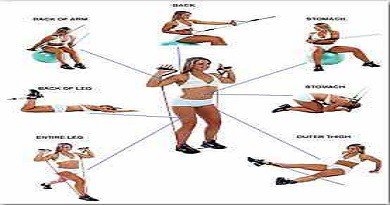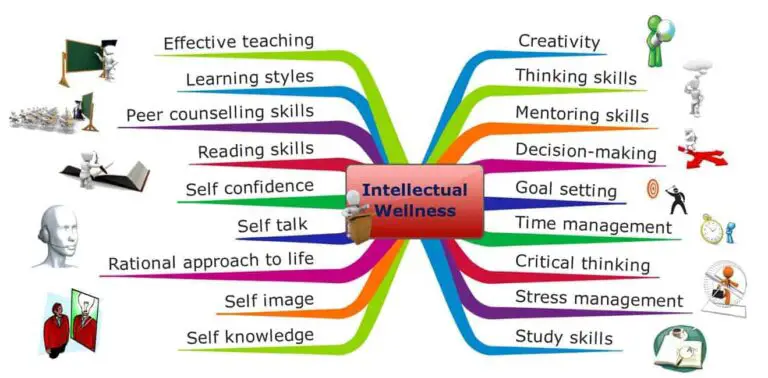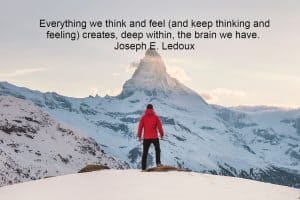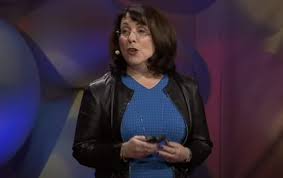Paul D. MacLean
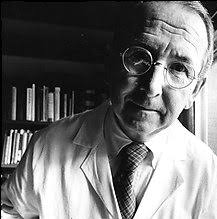
During the 1960s, American neuroscientist Paul MacLean defined the ‘Three-fold Brain’ model, which depends on the human cerebrum division into three particular locales. MacLean’s model recommends the human cerebrum is composed of a progression, which itself depends on a transformative perspective on mental health. As indicated by MacLean, the various leveled association of the human mind speaks to the progressive obtaining of the cerebrum structures through development. The three-fold mind model proposes the basal ganglia was procured first, which is believed to be accountable for our basic senses, trailed by the limbic framework, which is responsible for our feelings or emotional framework, at that point the neocortex, which is believed to be liable for normal or target thought.
MacLean’s model cases that action in the three mind locales (basal ganglia, limbic framework, and neocortex) are generally particular when occupied with every one of the psychological exercises laid out above. For instance, when we are at serious risk and should react rapidly, as a demonstration of self-conservation, the reptilian structure is stirred, setting us up for activity by starting the arrival of synthetics all through the body. When we are watching a stunning report or get an upsetting message, the limbic framework is invigorated, and, once more, synthetic compounds are delivered, which make our experience of feelings. At last, when we are deciding, taking care of issues, or thinking, the neocortex is locked in, without the inclusion of the other cerebrum structures.
Present-day propels in cerebrum imaging have indicated that different mind districts are dynamic during basic, passionate, and reasonable encounters. These discoveries have prompted the dismissal of MacLean’s thought of a three-fold cerebrum in neuroscience. Nonetheless, while this model is without a doubt a misrepresentation, the idea of a three-fold cerebrum gives us a helpful method of surveying human investigation of actual data, notwithstanding the connection between the structure and elements of the human mind (Gould, 2003).
The 3 Brains:
It is concluded that the brain is not a singular part and any body part has the equal capacity to learn new things.
So it is divided into three parts:
- The head
- The heart
- The gut
Mechanism of three parts:
Our head, heart, and gut hold massive capacities to accumulate, cycle, store, and follow up on data. They handle unpredictable activities (both conditionally and autonomously) utilizing their sensory systems complete with billions of neurons that permit them to develop, flex, and respond. This noteworthy quality to learn is the place they determine their exceptional capacities to change our psychological, passionate, and physical state. Also, in a world dead-centered around the mind in our mind, the cerebrums in our heart and gut are figuring out how to make some commotion as they get themselves ceaselessly underserved. The three cerebrums, when cooperating, don’t lie. I know this from individual experience. When we concentrate on each cerebrum inside, we can achieve incredible things. We can get ourselves more advantageous, joyful, and connected at home, grinding away, and throughout everyday life.
Now, discuss all the parts individually and explore the capacities they have and what magic they do to work together.
1: Brain:
The Brain is present in Your Head.
This is what people think and perceive when they hear the word brain. Our brain has 86 billion neurons that receive, process, and transfer information. It controls all impulses and hormones that we need to perform even a minor task. It makes you able to identify and sense your surroundings.
2: Brain:
The Brain present in Your Heart.
Yes, you read it right; our heart also has a brain, assisting 39 million neurons. These are not even close to the head brain’s number, but it is still a considerable amount. This makes our body the largest magnetic field and sends many messages to the brain. More importantly, many cardiologists claim that our heart produces thinking hormones similar to the brain.
3: Brain:
The Brain in Your Gut.
You may be familiar with the proverb gut feeling, and yet it is true that our gut contains about 100 million neurons and produces many essential hormones like cortisol and serotonin.
Paul D. MacLean Career:
Paul Donald MacLean was an American doctor and neuroscientist who made huge commitments in physiology, psychiatry, and cerebrum research through his work at Yale Medical School and the National Institute of Mental Health. MacLean’s developmental three-fold cerebrum hypothesis recommended that the human mind was as a general rule three cerebrums in one: the reptilian complex, the limbic framework, and the neocortex.



